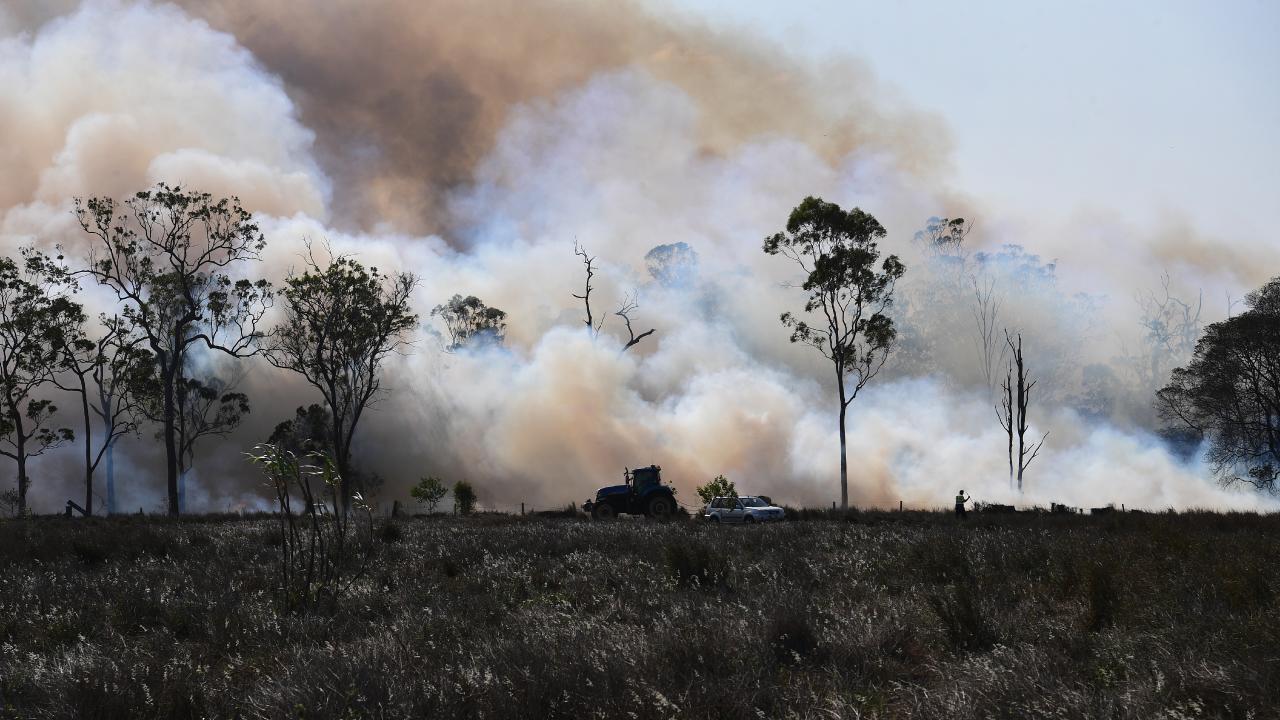
12 Jan Bushfire Smoke and Your Health
As the bushfires continue to burn, it is hard to watch all the devastation it’s caused to so many people, communities and animals. While our incredible firefighters and volunteers continue to battle blazes in many states, we will continue to experience smoke haze even if you live a long way from a bushfire.
Bushfire smoke can travel hundreds of kilometres and it poses a range of health issues, especially for those with pre-existing heart or lung conditions. Air pollution from the bushfires has been at its worst over the last couple of weeks and it is forecasted to continue.
Why is bushfire smoke a health risk?
Bushfire smoke is a mixture of water vapour, small particles and gases, which may include carbon monoxide, carbon dioxide and nitrogen oxides. These gases travel long distances and are known to irritate the respiratory system, but NSW Health suggests it’s the particles that are most damaging to people’s health. The smaller and finer the particles, the more damaging they can be because they’re able to travel deeper into the lungs.
Who is at risk?
- People with existing heart or lung conditions, such as asthma, chronic obstructive pulmonary disease and chronic bronchitis
- Pregnant women
- Older people
- Young children
How does smoke affect you?
Those in high-risk groups are going to feel any effects of bushfire smoke more than the general population. For example, people with asthma may experience wheezing, coughing, chest tightness, and difficulty breathing while the smoke is around and for some days after.
Healthy people tend to tolerate being exposed to this type of pollution, although it can cause itchy or burning eyes, throat irritation, runny nose and some coughing. But these symptoms usually pass once the person is no longer exposed to the smoke.
What can you do to reduce your chances of being affected?
For those in areas affected by bushfire smoke, but not under direct threat from the fires, experts recommended the following precautions to reduce the health effects.
Stay indoors
Staying inside will reduce your risk of inhaling small particles. The best way to avoid breathing in bushfire smoke is stay inside with the windows and doors closed, preferably in an air-conditioned building.
Set air conditioning on recycle
Setting your air-con on recycle will help avoid bringing smoky air into your house. If you have the option of adding a filter to your air conditioner, do so. But take advantage of periods of clean air to ventilate your home, as smoke still penetrates indoors and can take time to disperse unless the house is opened up.
Consider a portable air filter
Portable air cleaners, available from home electrical stores, will lower the concentration of indoor particles and reduce the risk of health impacts from smoke.
Avoid physical activity outside
Avoided exercising outside when you can see and smell smoke in the air. Physical activity causes you to breathe in a lot more because you need to get a lot more oxygen. Increasing your ventilation will increase your pollution exposure.
Keep medication on hand and follow a treatment plan
People with asthma, and other health conditions, need to make sure they have any medication they need on hand at all times. The Victorian Health Department recommends having five days of medication on hand. If your symptoms get worse, seek medical advice.
Wear a mask
Certain types of masks can protect you from smoke particles, but they need to fit correctly to be effective. NSW Health Department says wearing a P1 or P2 mask (available at hardware stores) properly fitted over your mouth and nose will filter fine particles and minimize the effects of bushfire smoke.
How to support those affected by the fires
If you would like to support those affected by the fires, here are some organisations helping our firefighters, volunteers, victims and wildlife;
- New South Wales Rural Fire Service
- Country Fire Authority Victoria
- Salvation Army
- Red Cross Australia
- RSPCA Victoria
- RSPCA NSW
- WIRES Wildlife Rescue
About Dry Salt Inhalation Therapy
Salt Therapy is a natural therapy to help you breathe, sleep and live better.
The benefits of Salt Therapy were first discovered in 1843 in Poland, where workers in underground salt mines were found to suffer fewer respiratory issues than the general population. By chiseling and grinding the salt, the miners produced micro-sized particles of salt that were dispersed into the air of the mine and then inhaled.
Dry salt is super absorbent and has natural anti-inflammatory and antibacterial properties. Once inhaled, the salt causes your mucus to thin and liquefy, making it easier to dislodge and expel – along with pathogens, debris and pollutants. Learn more about Salt Therapy. Read about the history of Salt Therapy.

